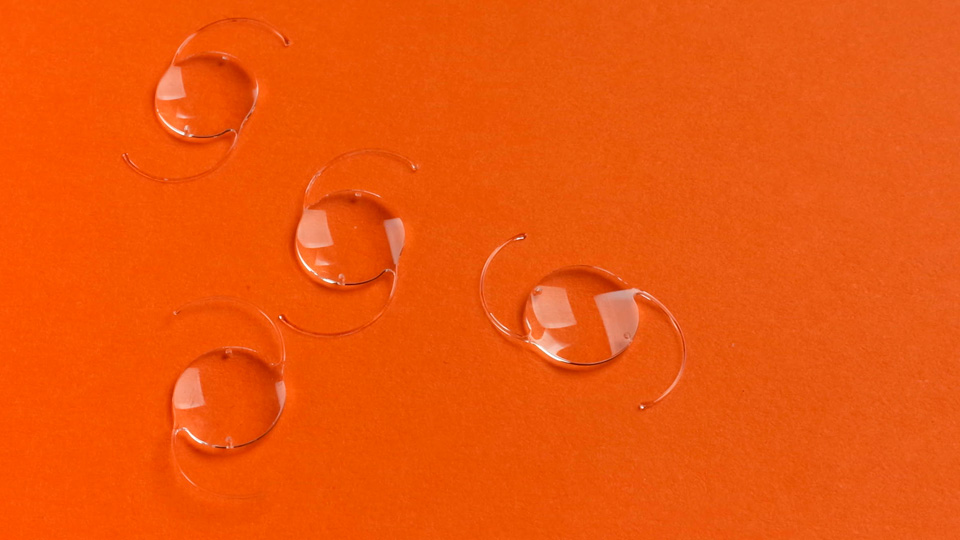What are migraines with visual aura?
16/12/2025

11/01/2021
The crystalline lens is the eye’s natural lens. It enables us to focus an image both at distance (>20 feet) and close-up (20-30cm approximately). Due to the natural changes related to age and others arising from different factors (for example, diabetes, trauma, radiation exposure or metabolic changes), the crystalline lens loses transparency, that is to say, it becomes opaque, leading to the onset of a cataract. The usual symptoms are a gradual loss of vision, “foggy” vision, glare from lights (particularly at night), myopization (the effect of seeing better up close without glasses when it was not previously possible), among others.
Cataract surgery
Currently, the only procedure available and effective in resolving this situation is cataract surgery with an intraocular lens (phakoemulsification). This operation is performed in outpatients (it requires an admission of a few hours) with topical anaesthesia (drops) or local anaesthesia (painless operation), and mainly involves the extraction of the cataract using ultrasounds through making an incision or small cut (2mm) and putting an intraocular lens implant (IOL) in its place. The procedure usually lasts 10-15 minutes and is performed one eye at a time, with a few days in between (generally a week). Depending on the needs and eye characteristics of each patient, the type of IOL could be monofocal (focussed at one distance, generally for far sight) or multifocal (focussed at various distances: far, intermediate, and near). In cases of a high astigmatism, these lenses can be used to correct this issue (toric IOLs).
The postoperative period is short. In general, a check-up is performed the day following the operation, one week and one month after; after the last visit, the patient is discharged. With the exception of some restrictions on physical activities (for example, sport, swimming in the pool or at the beach), visual recovery is fast and you can resume your normal life after a few days.
The Barraquer Ophthalmology Centre is a pioneering centre in the treatment of cataracts, with more than 80 years of experience and performing over 3,500 annual operations. In addition to its team of 10 ophthalmologists specialising in the treatment of this pathology, the Barraquer Ophthalmology Centre uses the latest surgical techniques and technological advances. In our centre, we use various models of intraocular lenses (more than 20 different types) and we choose the most appropriate for each of our patients in a bespoke way, leading to satisfactory results for the majority of patients overall. In addition, Barraquer has been acknowledged as the number one centre in this specialism by the 2019 Health Reputation Monitor.
Doctor Borja Salvador, ophthalmologist at the Barraquer Ophthalmology Center
Cataracts are an eye condition that will affect 100% of the population and surgery is its only treatment. But this common procedure continues to cause a great deal of concern to patients because of lack of awareness and due to a large number of false myths that must be debunked.